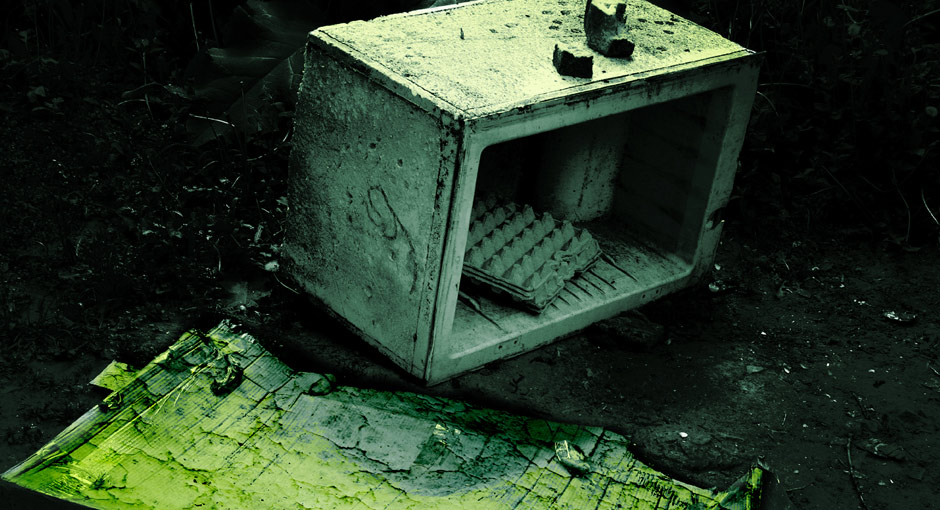Hoarding Cleanup & the Dangers Associated with It

Hoarding is defined as the excessive collection of items, in addition to the inability to throw away possessions. According to the Mayo Clinic, the illness is also called compulsive hoarding and compulsive hoarding syndrome and may be a symptom of obsessive compulsive disorder. The illness is hardly uncommon – it is estimated that 1.2 million people in the United States suffer from compulsive hoarding. Thanks to recent media attention, a lot has been done to highlight hoarding as a serious issue, but it still faces a social stigma that makes treatment difficult – starting with hoarding cleanup and the removal of debris and biohazard material.
Friends and family of an individual who hoards may be compelled to remove materials from the person’s home but quickly realize the job is more than it may first appear. Many people do not realize exactly how dangerous it can be to clean hoarders’ homes from a health perspective, or that it’s not uncommon for seniors to need help decluttering.
Common hoarding cleanup hazards
According to the Anxiety and Depression Association of America, about 40 percent of object hoarders also keep animals and more than 80 percent of animal hoarders have diseased, dying or dead animals on the premises. The animal waste, including fecal matter and urine, can create a situation that is just as dangerous to cleanup as infected blood. The following materials are common hazards found in a hoarding home:
- Human and animal waste
- Decomposing animals
- Live animals
- Mold
- Mildew
- Sharps (needles, medical instruments and sharp objects)
- Asbestos
- Rotting food
- Heavy dust – poor air quality
- Stressed property – damaged flooring, ceiling, walls, etc.
Importance of safety gear during a hoarding cleanup
Anyone who works in hoarding cleanup must be properly equipped and trained to handle biohazard materials. Otherwise, the bacteria transmitted through animal and human waste can cause infections and respiratory complications that have long-term effects.
It’s not uncommon for hoarding cleanup technicians to be exposed to a cocktail of human and animals waste, hypodermic needles, broken glass and black mold. Knowing this, Aftermath Inc. technicians prepare for these hazardous working conditions by wearing personal protective gear that meets the Occupational Safety and Health Administration’s Bloodborne Pathogen Standard, including:
- Disposable mask
- Purifying full-face respirator
- Heavy exposure gloves
- Puncture resistant gloves
- Biohazard suits
Aftermath Inc. Hoarding Cleanup uses proper training and the right equipment to allow everyone to remain safe in the remediation of a hoarder’s home.
 877-872-4339
877-872-4339  Contact Us
Contact Us 






